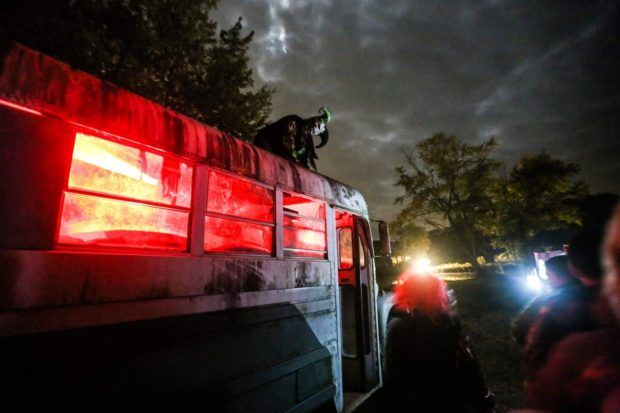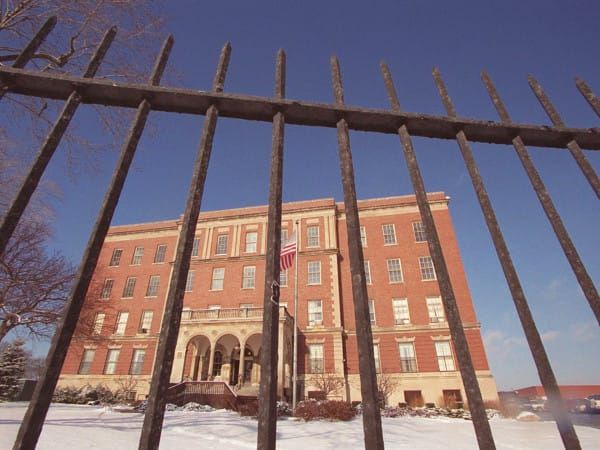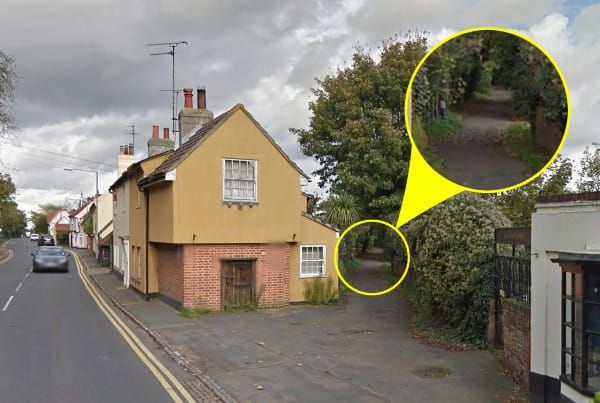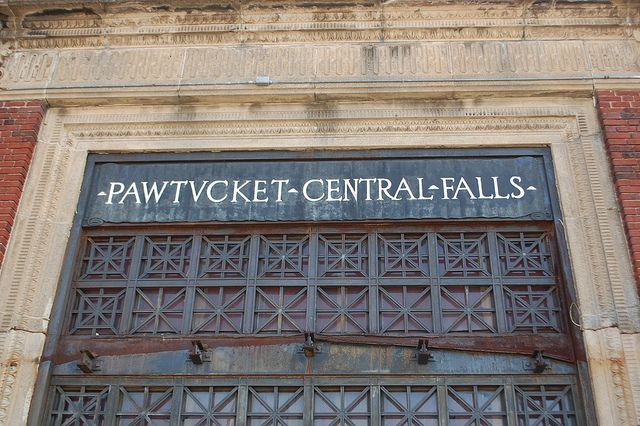Advertisement
The Haunting History Of A Former West Virginia Amusement Park

Long ago, Lake Shawnee Amusement Park was a sparkling gem for the town of Princeton, West Virginia. Upon its first open in 1926, the park was filled to its brim with the children of the many local coal mining families. From its iconic Ferris wheel and swinging carousel attractions, the park saw additional fortune with the development of a race track, dance hall, and cheap cabins for overnight stays.
For a long 40 years, the Lake Shawnee Amusement Park continued its successes until the park’s closure in 1976 due to a failing health grade. But that’s not to say the park was not without its disturbances throughout its lifetime.
During its four-decade run, the park would become involved with the death of six individuals. One little girl perished when a pickup truck backed into her as she sat strapped into the seat of the swinging carousel ride. Another young boy had sadly drowned in the park’s swimming pool. An additional four deaths would also be attributed to the rides within the park.
Although not all of these deadly incidences can be placed on the amusement park itself, this place of attraction would come to be known as a cursed place. Even during its heyday, urban legend spread word that the land was haunted as the death-count of its paying customers continued to grow.
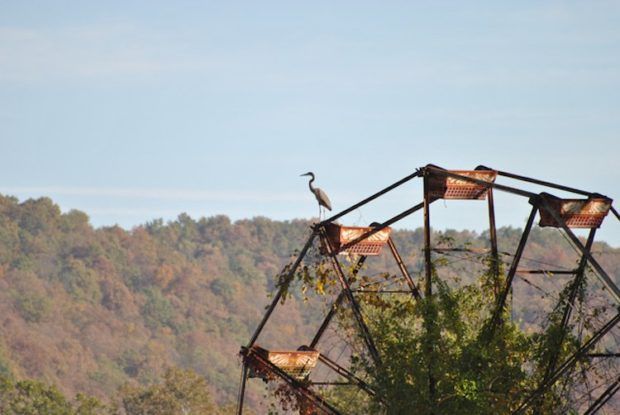
Ironically, there’s much more truth to these urban myths than first realized.
During the late 18th century, a European settler and his family moved west, landing near the ground where the amusement park still stands, decaying. Here, Mitchell Clay and his family developed an 800-acre farm. Clay and his wife would go on to raise 14 children. Sadly, as this land formally belonged to the indigenous Shawnee Native American Tribe, a deadly turf war between these two parties began.
At first, during August of 1783, a small group of passing Shawnee killed three of Mitchell’s children while he was out of the home. His youngest son, Barley, perished first. His daughter, Tabitha, was stabbed during the chaos, dying not long after. Lastly, his oldest son, Ezekiel, was kidnapped. As the eldest, his fate was much worse then that of his younger siblings. He was brought back to the Shawnee’s campground and burned at the stake.
With vengeance in his heart, Mitchell would go on to kill a number of the Shawnee people with the assistance of other nearby settlers.
Time would pass and these dreadful stories would fade into the background. Over a century-later, during the early 1920s, Businessman Conley T. Snidow then went on to purchase the blood-soaked land and begin constructing what would become Lake Shawnee Amusement Park.
After the park’s 1967 closure, a former employee, Gaylord White, purchased the land on which the park lay silent. He reopened the park for a short while in the summer of 1987. Unfortunately for White, an archaeological dig would discover many artifacts of the former Shawnee Tribe. Over a dozen skeletal remains were also uncovered… many of them children. Taking the hint, White closed the park three years after buying the place in 1985.
With several centuries worth of dark history, word of mouth has continued to perpetuate the cursed and haunting nature of the former amusement park and massacre grounds.
Due to such tragic events, the curious still seek out and attempt to communicate with the cursed souls and ghosts of the park. Many who have visited have had supernatural experiences themselves. In fact, the Travel Channel named Lake Shawnee Amusement Park as one of “The Most Terrifying Places in America.” For the thrill seekers and paranormal enthusiasts out there, the current owners hold tours once a year, for one week only. Any guesses when? For the brave, and living, souls, tours can be taken from October 25th to October 31st. Joy.
